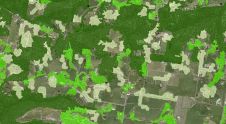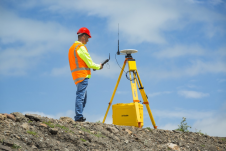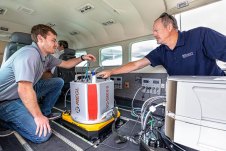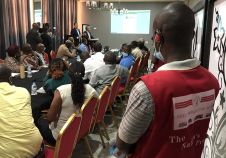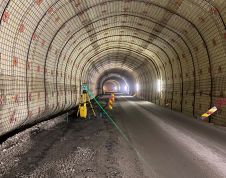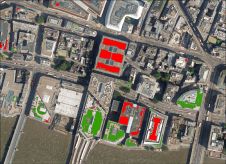GIS is all about Communication
As an editor and publisher working in the technology sector I am often unsure of exactly what our editorial schedule is going to be for any particular issue. Whilst we don’t quite make it up as we go along and we do plan, we also adapt quickly to everchanging circumstances. Articles promised often come in late or just fail to materialise. others we feel are too much of a commercial pitch from PR companies whose clients won’t even discuss sponsorship or advertising. Others are more suited for learned peer-reviewed journals.
这个问题GiSPro只有一两周发芽before going to press, yet it has two very clear themes which we can summarise as the language GIS and how GIS can help allay flooding. Eight years ago in 2007 floods generated over £3bn of claims. 2012 was the wettest summer in the UK in a century and as I write the incessant rain is aiming to beat that record. Paul Drury of Ambiental explains how the emergence of precision flood models can provide insight into the spatial pattern of flood risk, while Simon Goodwin of emapsite introduces an extensive range of geospatial products that cover the UK and Europe aimed at the flood risk managers. They include those from partners JBA Risk Management as well as products like Bluesky’s tree cover mapping and are aimed at flood risk insurers as well as commercial property planners.
Now let’s turn to the fascinating topic of language – how we describe applications of GIS; how we label GIS software features and menus; and how we relay these things to end users and clients. At first sight, wording may seem trivial but there are too many examples of how we may think we have used clear unambiguous words but which others interpret differently to ourselves. There is ambiguity. They range from the apocryphal world war one message, ‘Send more troops we’re going to advance’ and interpreted as ‘send two and fourpence we’re going to a dance’, to words that all native English speakers on this side of the Atlantic will use with care and in the right context, words like mistress, rubber and intercourse.
Adena Schutzberg in her column (page 9) talks about tolerating ambiguity and the ability of people to ‘just figure it out’. Just ponder on that wonderfully tortuous alliteration that came from Donald Rumsfeld: ‘There are known knowns. These are things we know that we know. There are known unknowns. That is to say, there are things that we know we don’t know. But there are also unknown unknowns. There are things we don’t know we don’t know.’ It boils down to ambiguity. And that leads us to a topic with lots of ambiguity.
Described by some as a ‘GIS for building’, BIM is a significant development for GIS and for geospatial. GIS and BIM may be different sides of the same coin but a common language is still needed, argues Steven Eglinton (page 19), if the various professionals engaged in a BIM project are to be successful. They each need to be sure that what may seem simple terms like “polygon” mean exactly the same to all whether architect, surveyor, engineer or a CAD technician. We need standards for words as much as we do for interfaces and file formats.
Complex language however is inevitable in any profession or specialism argues Chris Holcroft (page 18) and we should accept it for what it is while making sure that those outside the circle understand what we mean. Effective communication with others is our responsibility.
Fortunately for most of us there are colleagues who we can discuss these “known and unknown” ambiguities with before we communicate them to others. Indeed the best advice I was ever given as an editor was, there is rarely a piece of writing that cannot be improved upon by sharing it with someone else. So please, share this issue of GiSPro with a colleague or friend – we need more readers!
This article was published in GIS Professional August 2015
Make your inbox more interesting.Add some geo.
Keep abreast of news, developments and technological advancement in the geomatics industry.
Sign up for free













